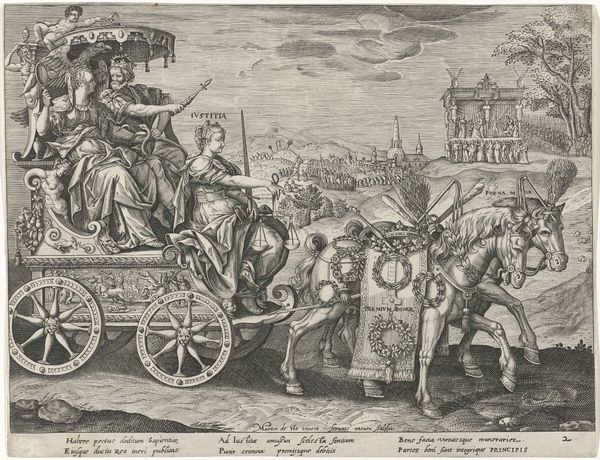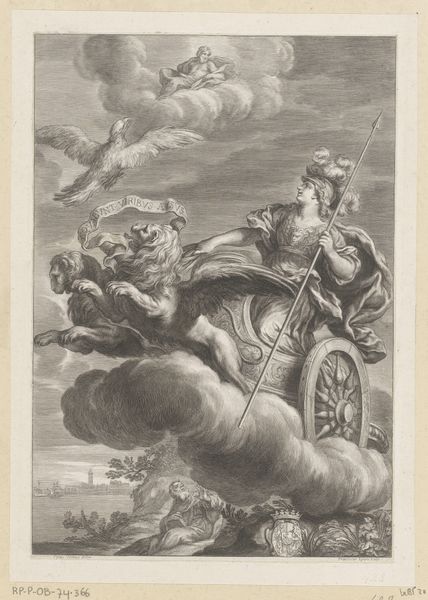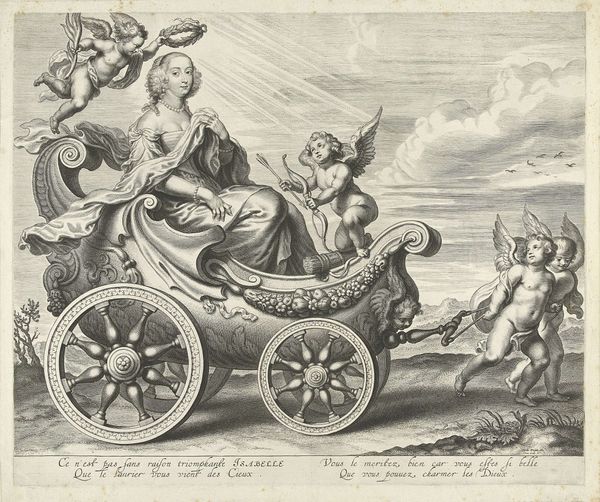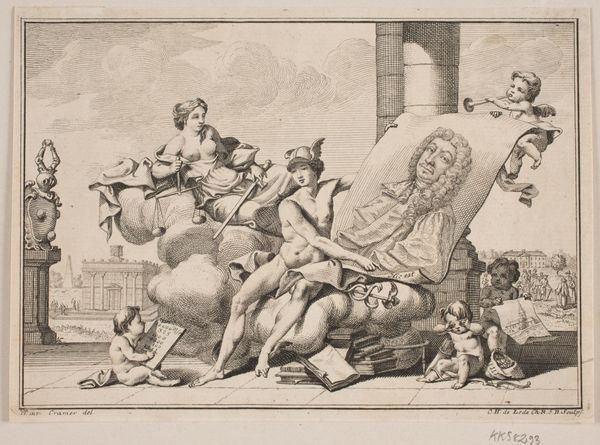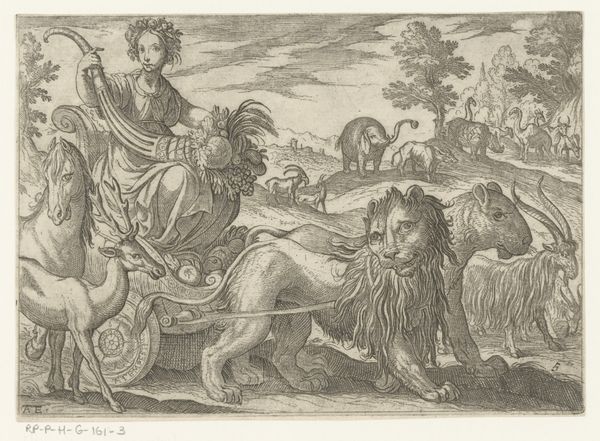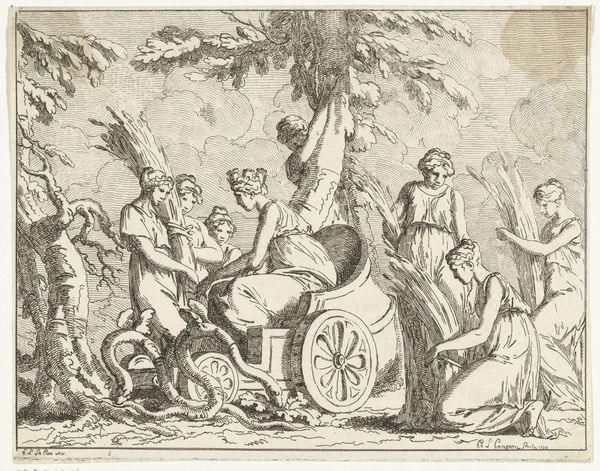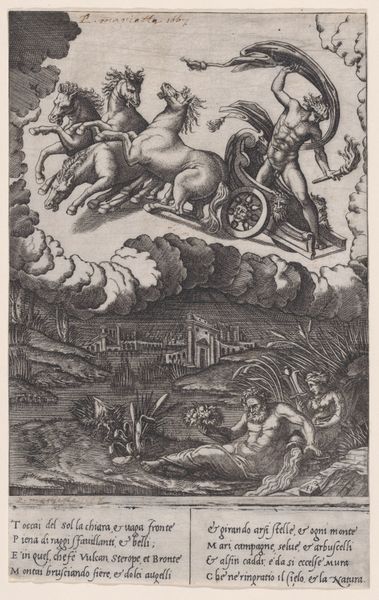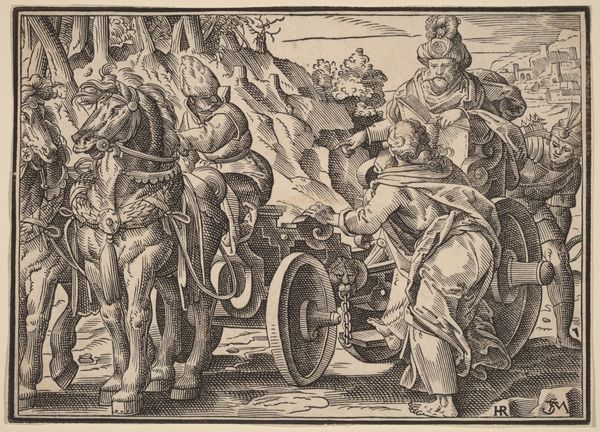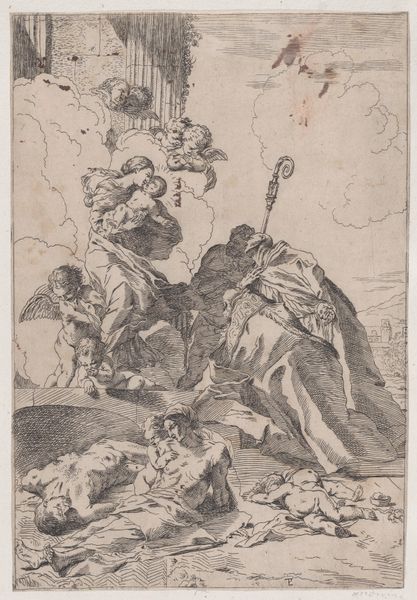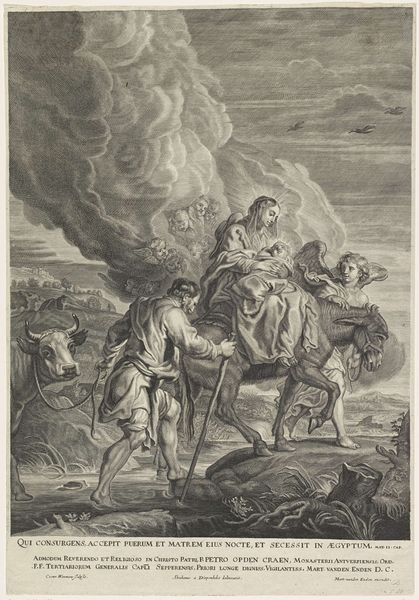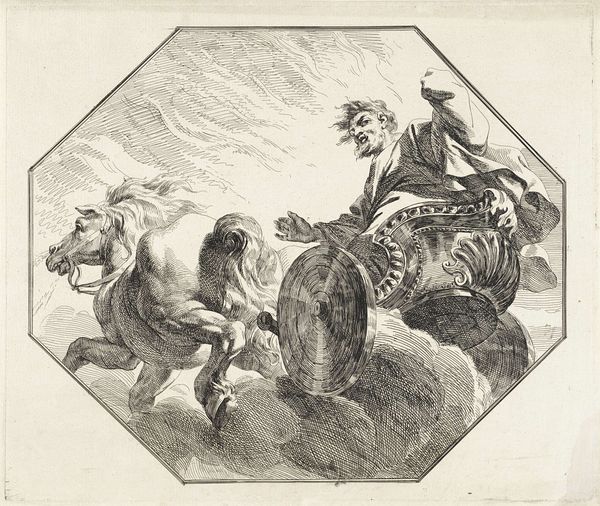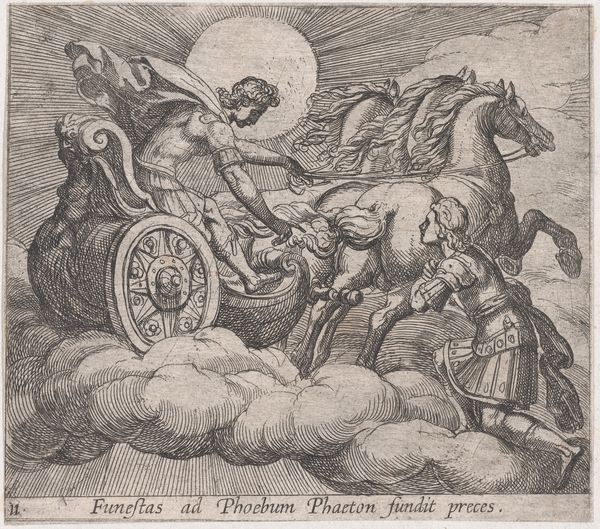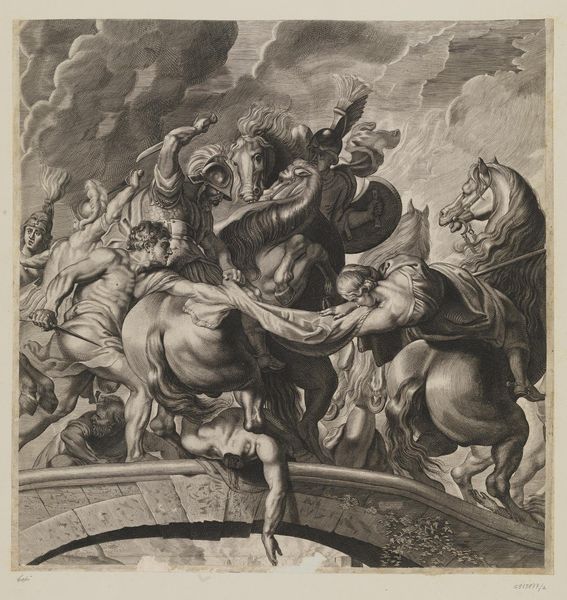
Plate 13: Cybele in her chariot, drawn by lions; from Guillielmus Becanus's 'Serenissimi Principis Ferdinandi, Hispaniarum Infantis...' 1636
0:00
0:00
drawing, print, engraving
#
drawing
#
allegory
#
baroque
# print
#
landscape
#
figuration
#
history-painting
#
engraving
Dimensions: Sheet (Trimmed): 14 5/8 × 10 15/16 in. (37.1 × 27.8 cm)
Copyright: Public Domain
Curator: This engraving from 1636 presents us with an allegorical scene: "Cybele in her chariot, drawn by lions." It's by Johannes Meursius and comes to us from an early book. I'm immediately struck by the strong diagonal created by Cybele’s reins extending to the powerful lions. It guides my eye directly to her calm, almost melancholic face amidst all the surrounding movement. Editor: Melancholic is a good word for it, there’s an undercurrent of the somber to balance the celebration of power, even luxury, suggested by the lions and overflowing chariot. The almost architectural rendering of the billowing clouds as well as the skyline of the town lend this work a weightiness appropriate for the image of a mother goddess. Curator: Note the incredible detail achieved through engraving; observe the textures—from the lions' manes to the fabric of Cybele's gown—and how they are meticulously rendered with delicate lines and hatching. Also the composition utilizes light and shadow to give volume and dimension to each figure. Editor: Absolutely. And this brings us to thinking about the iconography. Cybele, the Phrygian mother goddess often associated with fertility, nature, and wild animals is usually depicted with lions, so it is curious to see the city and sword bearing children depicted in such an iconographically disruptive fashion, but one consistent with Becanus's book in support of Prince Ferdinand as governor. It creates a really dynamic tension with the children and the power and expectations of state, and also creates a unique story regarding Cybele and the maternal figure. Curator: I agree, those putti draw my attention, as well, because while their bodies are naturalistically rendered, their wings and accessories are ornamental in a way that adds another textural level that contrasts with the realism. Editor: It all points towards a really multifaceted purpose: On the one hand, it operates within the artistic conventions and symbolism readily understood in its time. On the other, we see a subtle, perhaps subversive layer when considering the artwork in the context of gender and power. Curator: This print’s ability to balance formal elegance with symbolic richness makes it so successful. Editor: Yes, precisely. It invites layers of reading that both uphold and complicate classical myths and symbols.
Comments
No comments
Be the first to comment and join the conversation on the ultimate creative platform.
